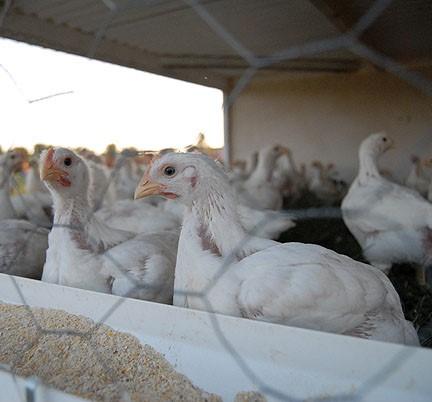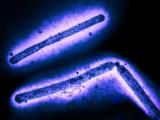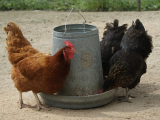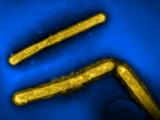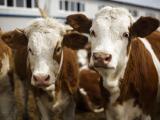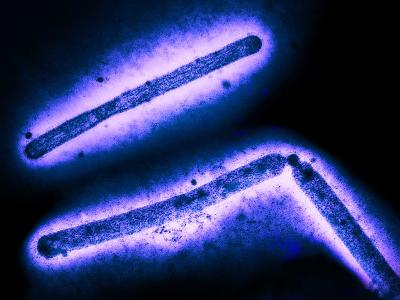An investigation by federal and state health officials into the H7N9 avian flu outbreaks at poultry farms in four southeastern states this spring found that the low-pathogenic strain had been circulating in poultry before mutating into a highly pathogenic strain.
The 44-page report, released today by the US Department of Agriculture (USDA) Animal and Plant Health Inspection Service (APHIS) also said the virus may have been introduced multiple times and that environmental spread seems to have played a bigger role than did farming practices.
"This kind of analysis helps to identify how the disease spread and how to help prevent it in the future," APHIS said today in a press release.
The first outbreak was detected in March on a commercial broiler breeder farm in Tennessee, with a second outbreak involving highly pathogenic H7N9—not the same strain as the one circulating in China—at another farm in the same county a few weeks later. In the following weeks, authorities detected low-pathogenic H7N9 in six backyard flocks in Alabama, Tennessee, and Kentucky, followed by six more low-path detections in commercial broiler breeder flocks in those three states plus Georgia.
In the wake of the outbreaks, APHIS launched an investigation into source of the virus and how it might have spread, factoring in genetic analysis, wild bird and other environmental sampling, and biosecurity conditions at the affected sites.
Precursor in waterfowl
APHIS said that genetic sequences from the outbreak viruses are all from North American wild bird lineages. The report added that a low-pathogenic H7N9 strain found in 2016 in a Wyoming blue wing teal—sampled during live-bird banding—is the likely precursor.
The low-pathogenic and highly pathogenic strains are highly similar, and APHIS said the low-pathogenic strain was probably first introduced into commercial poultry, possibly in February, where it circulated undetected before mutating into a highly pathogenic form.
Genetic analysis hints at the possibility of multiple introductions from wild birds to commercial poultry.
Wind spread considered
The six commercial farms affected by the low-pathogenic outbreaks had five different integrated poultry complexes, hinting at unique sources of feed, pullets, trucks, and workers. Though lateral spread sources didn't seem to pose major risk factors, the investigators found that other factors could have brought the virus into the barns from the environment, such as rodents, other wild animals, housing conditions, and biosecurity breaches.
The experts noted that only broiler breeder flocks were affected, leaving broiler flocks unaffected, possibly because of differences in housing, age of birds, and production cycle length. For example, most broiler farms have solid walls, while broiler breeder farms are more likely to have curtain-sided walls. Broiler breeder farms often have raised roosting and feeding sections that can harbor rodents or other pests.
The investigators found some support for a potential role of wind in the spread of H7N9 at the two highly pathogenic outbreak farms in Tennessee. They noted that the two farms were located about 1 mile apart and that the wind direction was consistent with the possibility.
Animal sampling findings
Extensive wildlife sampling on one of the outbreak farms shortly after the virus was detected didn't turn up any positive H7N9 samples from wild birds or mammals, but limited evidence suggested that one or more animals might have been exposed to a different avian influenza virus.
The investigators saw a high rodent burden on the farm, along with a diverse wildlife population that included opossums and several wild bird species. The farm had a pond, but no ducks or geese were present during the sampling.
Human health considerations
So far, no H7N9 infections involving the North American strain have been reported in humans, though efforts to monitor outbreak responders and farmers are ongoing, APHIS said.
Sequencing by the Centers for Disease Control and Prevention (CDC) found that the viruses don't have amino acid changes that would allow them to bind to human receptors or any markers that suggest increased virulence and transmission in mammals.
The CDC also didn't identify any known markers for neuraminidase inhibitor resistance.
See also:
Jun 23 APHIS press release
Jun 23 APHIS full epidemiology report
